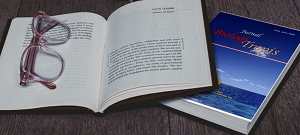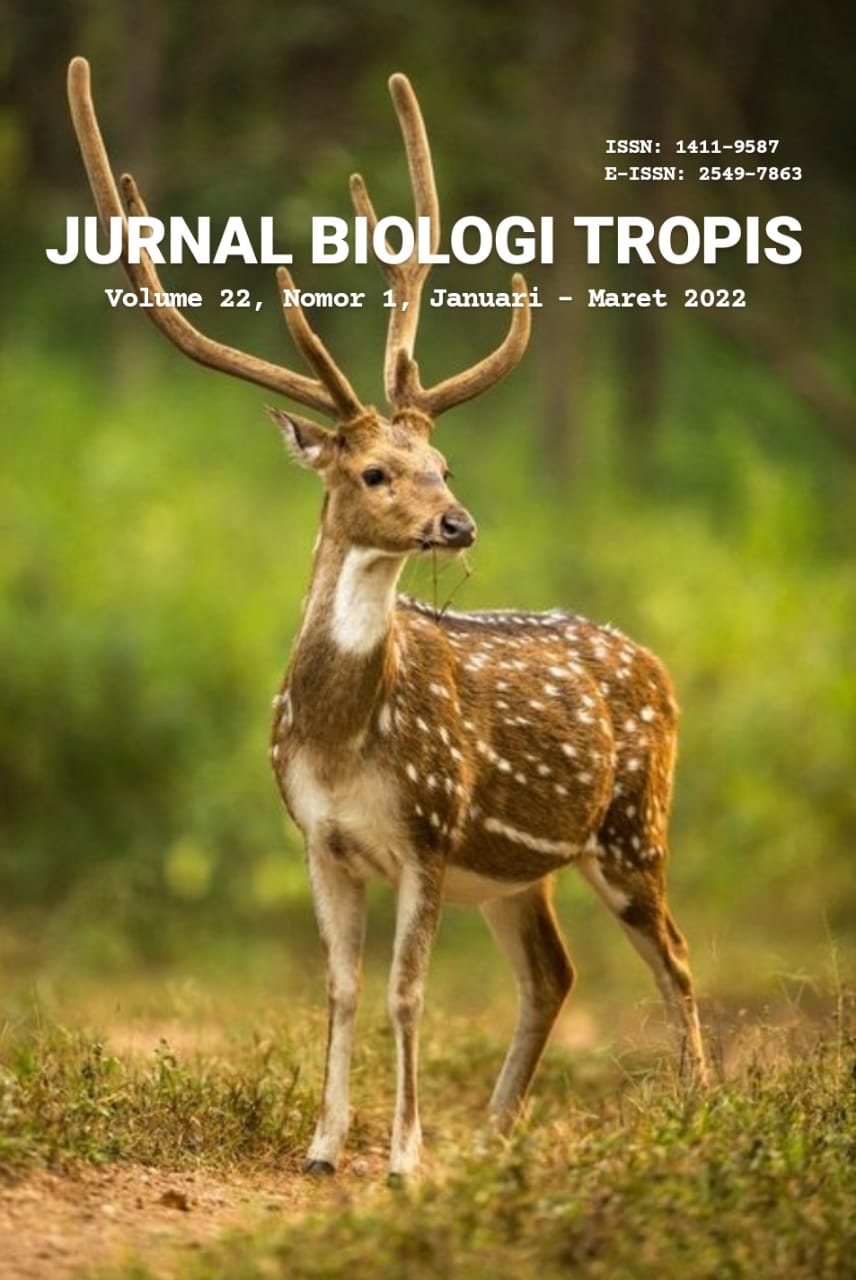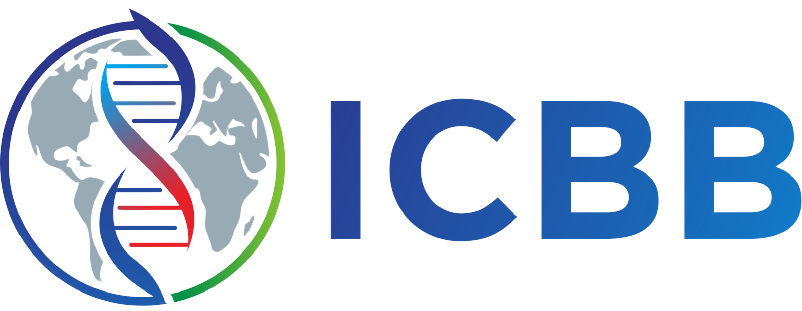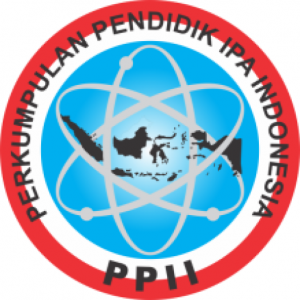
Most read articles by the same author(s)
- Ahmad Raksun, Lalu Japa, I Gde Mertha, APLIKASI PUPUK ORGANIK DAN NPK UNTUK MENINGKATKAN PERTUMBUHAN VEGETATIF MELON (Cucumis melo L.) , Jurnal Biologi Tropis: Vol. 19 No. 1 (2019): Januari - Juni
- Ahmad Raksun, Lalu Japa, I Gde Mertha, PENGARUH JENIS MULSA DAN DOSIS PUPUK NPK TERHADAP PERTUMBUHAN DAN HASIL TANAMAN TERONG HIJAU (Solanum melongena L) , Jurnal Biologi Tropis: Vol. 19 No. 2 (2019): Juli - Desember
- Susanty Ariani, Agil Al Idrus, Lalu Japa, Didik Santoso, STRUKTUR KOMUNITAS MAKROALGA SEBAGAI INDIKATOR EKOLOGI EKOSISTEM PERAIRAN PADA KAWASAN KONSERVASI LAUT DAERAH DI GILI SULAT LOMBOK TIMUR , Jurnal Biologi Tropis: Vol. 20 No. 1 (2020): Januari - April
- Didik Santoso, Ahmad Raksun, karnan ., Lalu japa, Karakteristik Bioekologi Rajungan (Portunus Pelagicus) Di Perairan Dusun Ujung Lombok Timur , Jurnal Biologi Tropis: Jurnal Biologi Tropis. Vol.16 No.2 Desember 2016
- Lalu Japa, Didik Santoso, ANALISIS KOMUNITAS MANGROVE DI KECAMATAN SEKOTONG LOMBOK BARAT NTB , Jurnal Biologi Tropis: Vol. 19 No. 1 (2019): Januari - Juni
- Zikriah Zikriah, Imam Bachtiar, Lalu Japa, The Community of Chlorophyta as Bioindicator of Water Pollution in Pandanduri Dam District of Terara East Lombok , Jurnal Biologi Tropis: Vol. 20 No. 3 (2020): September - Desember
- Ahmad Raksun, Lalu Japa, I Gde Merta, PENGARUH KOMPOS KOTORAN KUDA TERHADAP PERTUMBUHAN KACANG PANJANG (Phaseolus vulgaris L) , Jurnal Biologi Tropis: Vol. 18 No. 2 (2018): Juli - Desember
- Baiq Desi Hariani, Agil Al Idrus, Khairuddin Khairuddin, The Assessment of the Quality of Water from Regional Drinking Water Company Giri Menang as a Source of Community drinking water in the City of Mataram , Jurnal Biologi Tropis: Vol. 21 No. 1 (2021): Januari - April
- Niswatul Audah, Lalu Japa, M. Yamin, Abundance and Diversity of Diatom Class Bacillariophyceae as Bioindictaor of Pollution in the Waters of Tanjung Luar Fish Landing Based , Jurnal Biologi Tropis: Vol. 20 No. 3 (2020): September - Desember
- Karnan Karnan, Lalu Japa, Ahmad Raksun, STRUKTUR KOMUNITAS SUMBERDAYA IKAN PADANG LAMUN DI TELUK EKASLOMBOK TIMUR , Jurnal Biologi Tropis: Jurnal Biologi Tropis. Vol.15 No. 1 Juni 2015
Similar Articles
- Miladiarsi Miladiarsi, Barokati Tsaniyah, Riska Awalia Putri, Hiksa Maulana Saputra, Yosua Pangihutan Pardamean Alextio Sianturi, Water Content, Physical Quality of Seeds and Post-Harvest Fungal Attacks on Peanuts , Jurnal Biologi Tropis: Vol. 25 No. 3 (2025): Juli-September
- Yeni Indriani, Magdalin Ulaan , Analysis of the Effects Aquaponic Cultivation Systems on the Growth of Water Spinach (Ipomoea aquatica) and Pak Choy (Brassica rapa L.) , Jurnal Biologi Tropis: Vol. 24 No. 4 (2024): Oktober - Desember
- Rosita Yusrianti, Khairuddin, Lalu Japa, Diversity of Macrozoobenthos as Bioindiactor for Water Quality of Jangkok River Lombok Island , Jurnal Biologi Tropis: Vol. 24 No. 2 (2024): April - Juni
- Maya Ashari, Rahmadina Rahmadina, Zahratul Idami, The Effect of Adding Nutrients to Rice Washing Waste Water on Growth Results of Yellow Soybean Plant Microgreens (Glycine max (L.) Merill) , Jurnal Biologi Tropis: Vol. 24 No. 2 (2024): April - Juni
- Syamsul Bahri, Dwi Mardhia, Osi Saputra, Growth and Graduation of Vannamei Shell Life (Litopenaeus Vannamei) with Feeding Tray (ANCO) System in AV 8 Lim Shrimp Organization (LSO) in Sumbawa District , Jurnal Biologi Tropis: Vol. 20 No. 2 (2020): Mei - Agustus
- Nur Afni Azis, Dwiyati Pujimulyani, Astuti Setyowati, Effect of Solvent Amount and Sugar on Chemical Traits of Instant (Curcuma xanthorrhiza Roxb.) , Jurnal Biologi Tropis: Vol. 25 No. 3 (2025): Juli-September
- Mas Bayu Syamsunarno, Muh Kholik Maulana, Forcep Rio Indaryanto, Mustahal Mustahal, KEPADATAN OPTIMUM UNTUK MENUNJANG TINGKAT KELANGSUNGAN HIDUP BENIH IKAN BANDENG (Chanos chanos) PADA TRANSPORTASI SISTEM TERTUTUP , Jurnal Biologi Tropis: Vol. 19 No. 1 (2019): Januari - Juni
- Niyar Ana Qodariyah, Erica Meilia Safitri, Mustofa, Nuriman, Iis Nur Asyiah, Impact of Duck Farming Waste on River Water Quality in Wirolegi Village, Jember Regency , Jurnal Biologi Tropis: Vol. 23 No. 2 (2023): Special Issue
- Edyson Maneasa, Suddin Simandjuntak, Yermia Semuel Mokosuli, Density of The Crested Black Macaque (Macaca nigra) and Habitat Quality in Tangkoko, Bitung, North Sulawesi , Jurnal Biologi Tropis: Vol. 21 No. 2 (2021): Mei - Agustus
- Sahratullah, Dwi Soelistya Dyah Jekti, Lalu Zulkifli, Pengaruh Konsentrasi Ragi Dan Lama Fermentasi Terhadap Kadar Air, Glukosadan Organoleptik Pada Tape Singkong , Jurnal Biologi Tropis: Jurnal Biologi Tropis vol.17 No.1 Juni 2017
<< < 1 2 3 4 5 6 7 8 9 10 > >>
You may also start an advanced similarity search for this article.


























